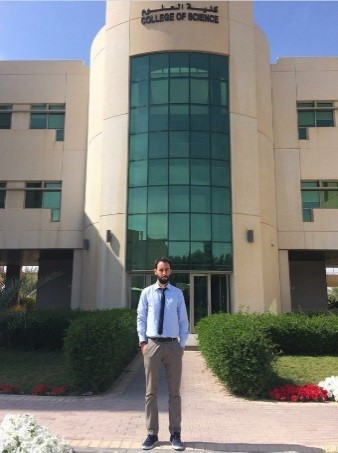Focuses on how visceral fat as an age-associated muscle degeneration, the kind that wraps around the internal organs, is more dangerous than subcutaneous fat that lies just under the skin.
A research conducted by Dr. Simone Perna, Assistant Professor of Biology, has been accepted for publication in the Journal of Cachexia, Sarcopenia and Muscle, a prestigious “peer-reviewed international journal dedicated to publishing materials that are related to cachexia and sarcopenia, as well as to body composition and its physiological and pathophysiological changes during the lifespan and in response to different illnesses from all fields of the life sciences.”
The research has revealed that there is a positive relationship between subcutaneous obesity and muscle health in contrast to visceral obesity, where the body stores higher amounts of visceral fat, leading to increased risks of health problems and the occurrence of what is scientifically known as “Sarcopenia.”
Professor Afnan Freije, Head of Department of Biology, said that this important research focuses on how visceral fat as an age-associated muscle degeneration, the kind that wraps around the internal organs, is more dangerous than subcutaneous fat that lies just under the skin.
Although this subject has been studied in more than 500 scientific research published worldwide with controversial results on the impact of obesity on “Sarcopenia,” this study is the first of its kind to address the positive impact of subcutaneous obesity on muscle mass and strength.
Publishing this paper in the Journal of Cachexia, Sarcopenia and Muscle, a peer-reviewed journal with an Impact Factor of 12, is an achievement for the University of Bahrain. Improving the educational process and promoting scientific research are two of the main objectives of the five-year Transformation Plan (2016- 2021) of the University.
Dr. Perna is an active researcher in his field. Since he joined the University of Bahrain in September 2018, he has published nine research papers.





